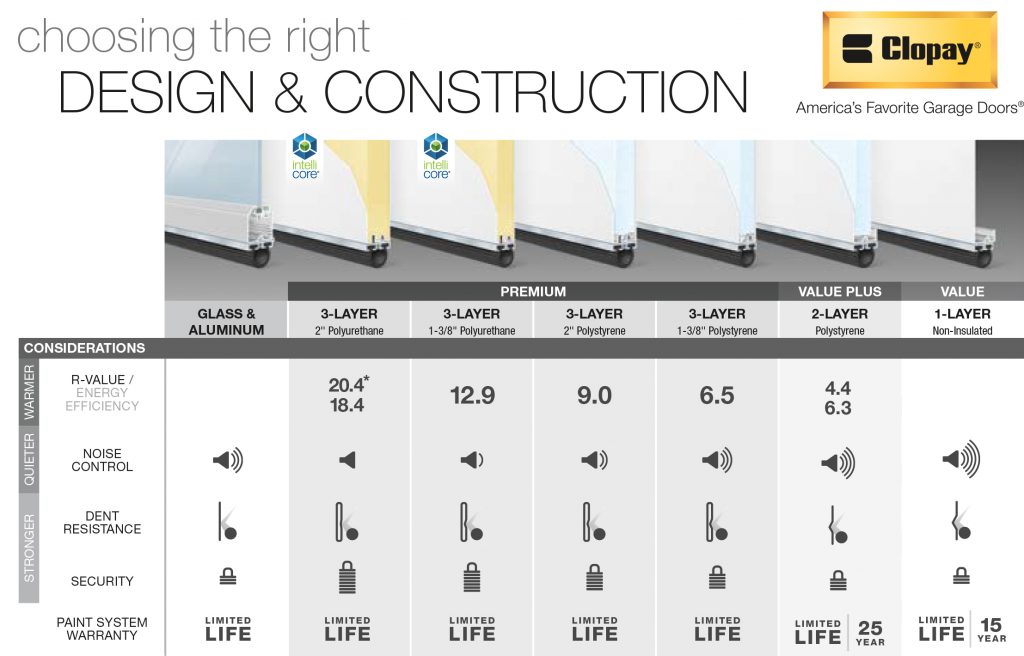When my neighbor Sarah in Omaha decided to replace her crumbling garage door last spring, she didn't realize how much it would transform her home's appearance and energy bills. Like many homeowners, she discovered that garage doors account for up to 30% of a home's façade while dramatically impacting security and efficiency 1. Her experience inspired this guide. We'll cover how to pick durable materials, which brands are worth your money, where to find good deals locally, and how to ensure proper installation, everything Sarah wished she'd known from the start.
1. Key Factors in Selecting a High-Quality Residential Garage Door
Choosing the right door means finding the right balance among durability, efficiency, and visual harmony with your home. Sarah prioritized these aspects after learning her old door wasted energy in Nebraska winters.
Material Strength
Steel remains the go-to choice for strength and low maintenance, especially with baked-on primers and polyester finishes that resist rust for over a decade 23. Aluminum works well in coastal areas since it won’t corrode in salt air, while dent-resistant vinyl handles Midwest weather extremes. Wood requires seasonal painting but delivers timeless charm for traditional homes 45.
Insulation for Energy Savings
If your garage doubles as a workshop or connects to your home, aim for foam insulation with an R-value of 16–18 6. Even doors with moderate insulation (R-9 to R-12) cut energy bills significantly when paired with quality weather stripping 7.
Security and Design Harmony
Child-safe locks and anti-pinch mechanisms protect families, while styles matching your home’s architecture, like carriage-house or modern flush panels, boost curb appeal and resale value 8.
2. Material Showdown: Longevity Meets Practicality
Sarah nearly chose sheer aesthetics until she compared maintenance trade-offs:
- Steel: Budget-friendly ($600–$2,000) and easily recycled but shows dents in busy households. Insulated versions dampen noise during Iowa thunderstorms 310.
- Vinyl: Naturally resists salt, rot, and impact (perfect for Sarah’s lake-adjacent home) though costing 20% more than basic steel 4.
- Wood: Demands seasonal upkeep but delivers unmatched character for historic neighborhoods. Expect to pay $700–$4,500 413.
- Aluminum: Lightweight and rustproof yet vulnerable to hail dents. Best for mild coastal climates 5.
 Steel’s recyclability makes it an eco-pick, while vinyl’s lifespan (25+ years) offsets its non-recyclable nature.
Steel’s recyclability makes it an eco-pick, while vinyl’s lifespan (25+ years) offsets its non-recyclable nature.
3. Leading Brands: Performance Highlights
After researching, Sarah narrowed her choices using these standout features:
Clopay: What caught Sarah’s eye: wind-resistant designs and compelling custom options like faux-wood composites. Their doors streamline installation with precise pre-drilled hardware 1516.
Amarr: A hit with young families thanks to built-in finger guards on hinges and advanced security bolts. Their insulated panels maintain consistent temperatures in attached garages 15.
Wayne Dalton: Uses dense foam core insulation that slashed Sarah’s heating bill. This is ideal when Nebraska winter hit -20°F 18.
Raynor: Patented NeuFoam insulation and the TruBalance system (cutting manual lift effort by 87% per third-party tests 18) sealed the deal for Sarah’s aging parents’ home.
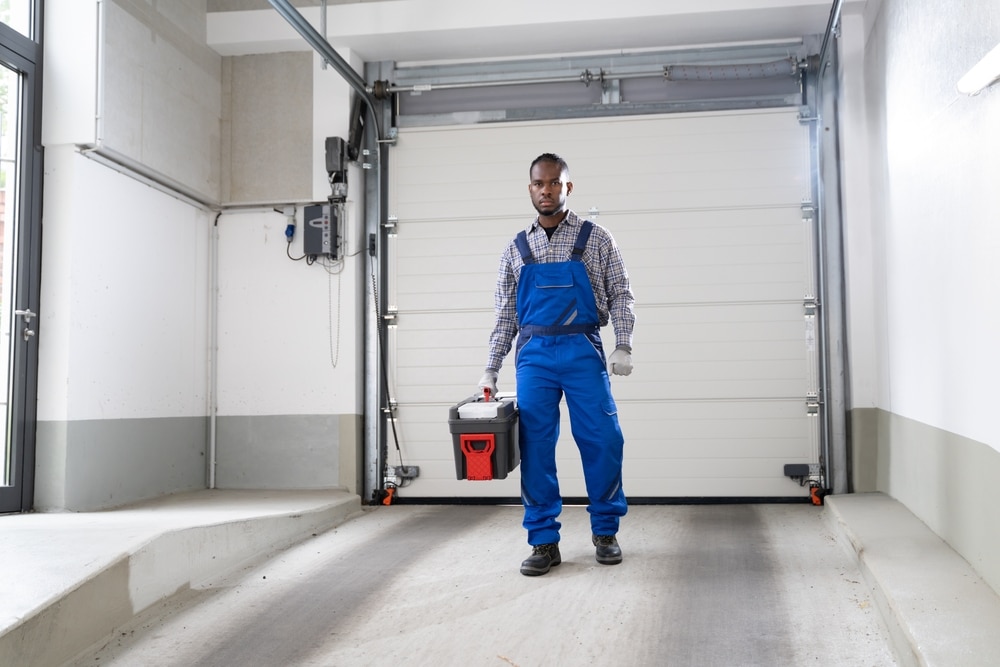
4. Budgeting Smartly for Installation
Sarah budgeted (the national average, which is $1,200–$1,700 for her single-car door replacement while double-car jobs hover near $2,350 2021. Key cost factors:
- Materials: Steel offers best value; wood increases costs up to 300%
- Labor: Professional installation adds $200–$600 (varies by region) but prevents safety risks from DIY spring repairs 723
- ROI: Quality doors yield over 100% return at resale, putting cash back in your pocket come moving day 20
5. Professional Installation Essentials
Sarah hired local pros after learning improper installation causes 60% of garage malfunctions. Experts follow this sequence for residential garage door installation:
- Remove old doors and check frame integrity 25
- Position rollers within tracks precisely (±1/8 inch alignment prevents jams 2627)
- Secure torsion springs using specialized tools (never DIY!)
- Test safety sensors and auto-reverse systems 28
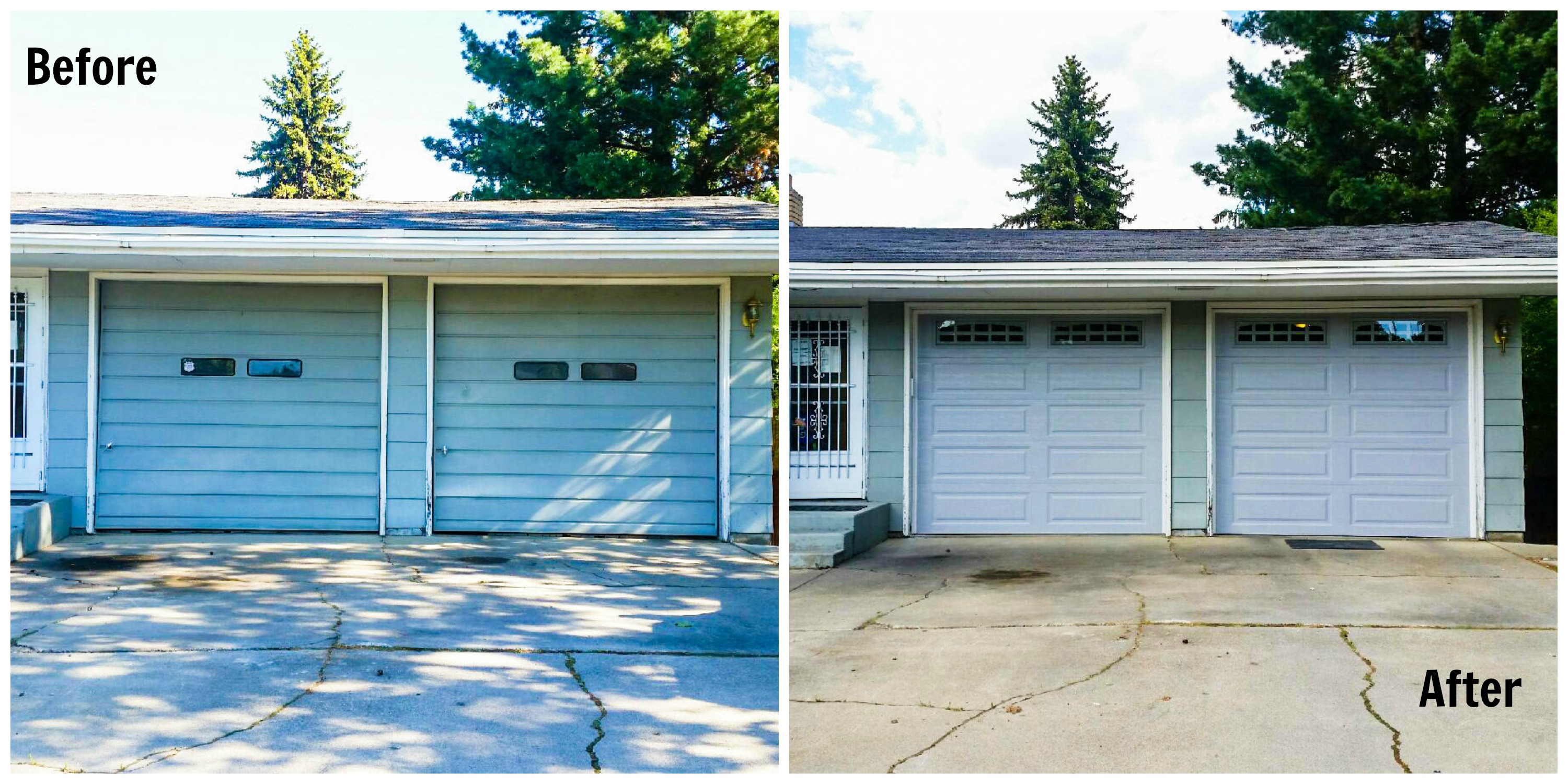
6. Services Top Suppliers Provide
Local supplier Overhead Door handled Sarah’s entire installation:
- Troubleshooting broken springs/sensors
- Preventative care plans (bi-annual roller lubrication and seal inspections 2930)
- Smart opener integration for remote monitoring via phone 31
7. Finding Trusted Local Suppliers
Sarah chose her provider using these criteria:
- Certifications: Manufacturer-trained technicians (e.g., Clopay-authorized dealers like Overhead Door of Omaha 32)
- Transparent pricing: Upfront quotes with price-match guarantees like Mesa Garage Doors offers 33
- Local expertise: Knowledge of regional needs (e.g., snow load ratings in Minnesota vs. hurricane clips in Florida 34)
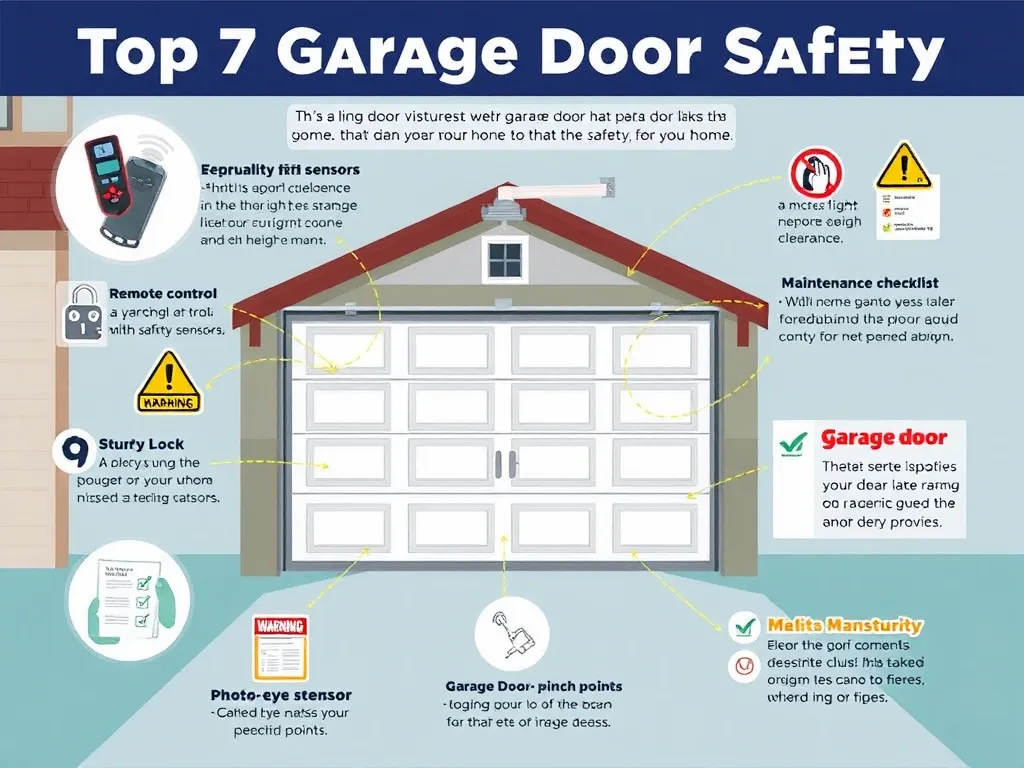
8. Maintenance That Extends Door Life
Sarah’s 4-step routine keeps doors quiet and reliable despite Midwest extremes:
- Bi-annual lubrication of rollers/hinges with silicone spray
- Monthly track cleaning to prevent gravel jams (#1 winter malfunction in Minnesota 3536)
- Annual spring inspections by pros (these high-tension parts cause 70% of injuries when DIY’ed 37)
9. What Real Owners Value
- Clopay users: Consistent praise for how silent their doors operate despite daily farm equipment vibrations 3839
- Amarr owners: Parents prioritize factory-fitted child guards preventing little fingers from hinge pinch points 40
- Hörmann: German-engineered anti-break-in rollers appreciated in high-theft neighborhoods 41
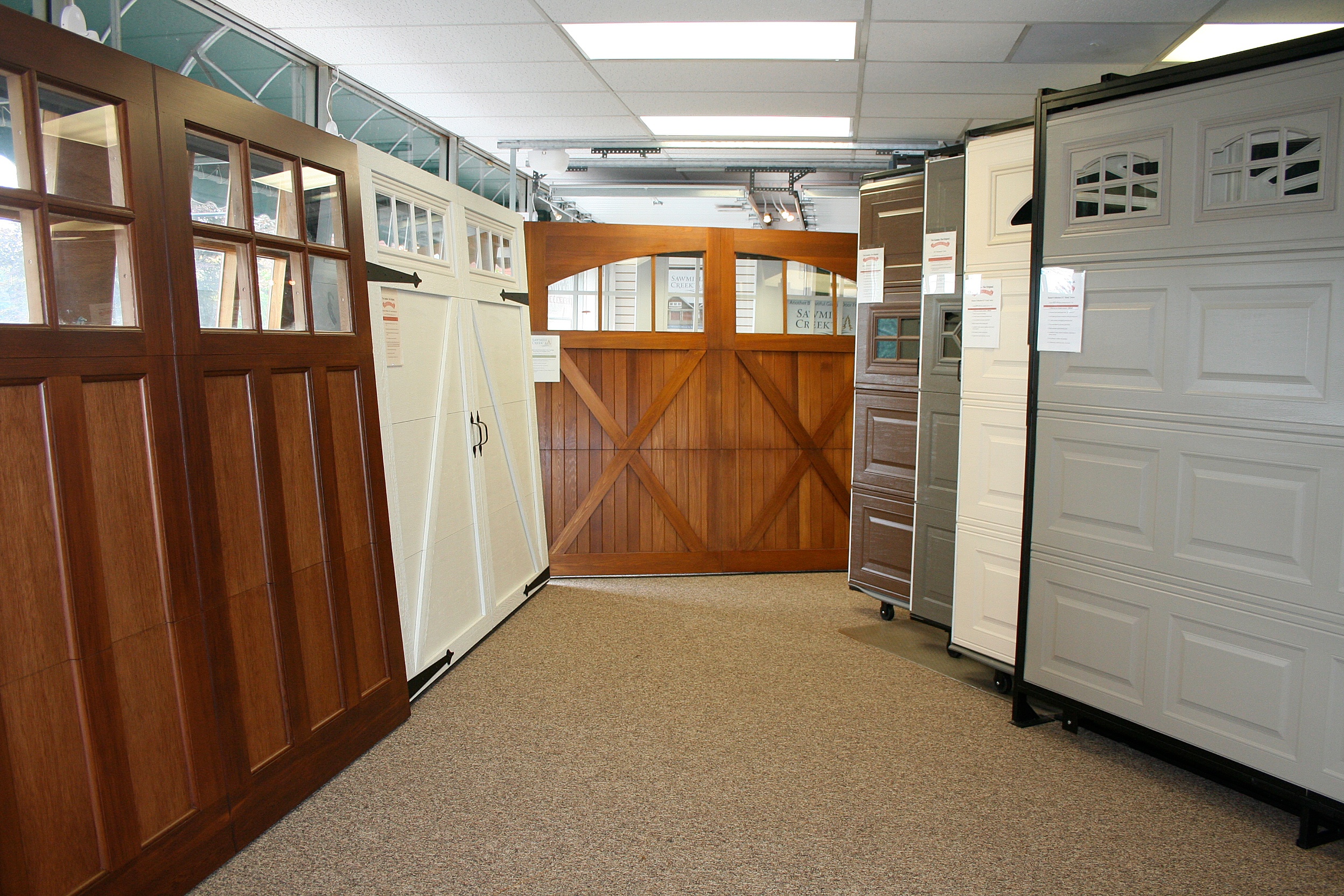
The Balanced Verdict
Getting the right garage door can completely change your home in ways you wouldn't expect, such as better security, lower energy bills, and serious curb appeal. The key is picking materials that work with your weather (steel's great for most places, but if you deal with harsh winters, vinyl holds up better), going with brands that actually invest in safety features, and finding installers who know what they're doing. If you take care of it with a quick tune-up twice a year, a good garage door will keep working smoothly for years and years. Just ask Sarah. Hers has handled every brutal Nebraska winter like a champ since she got it installed.
